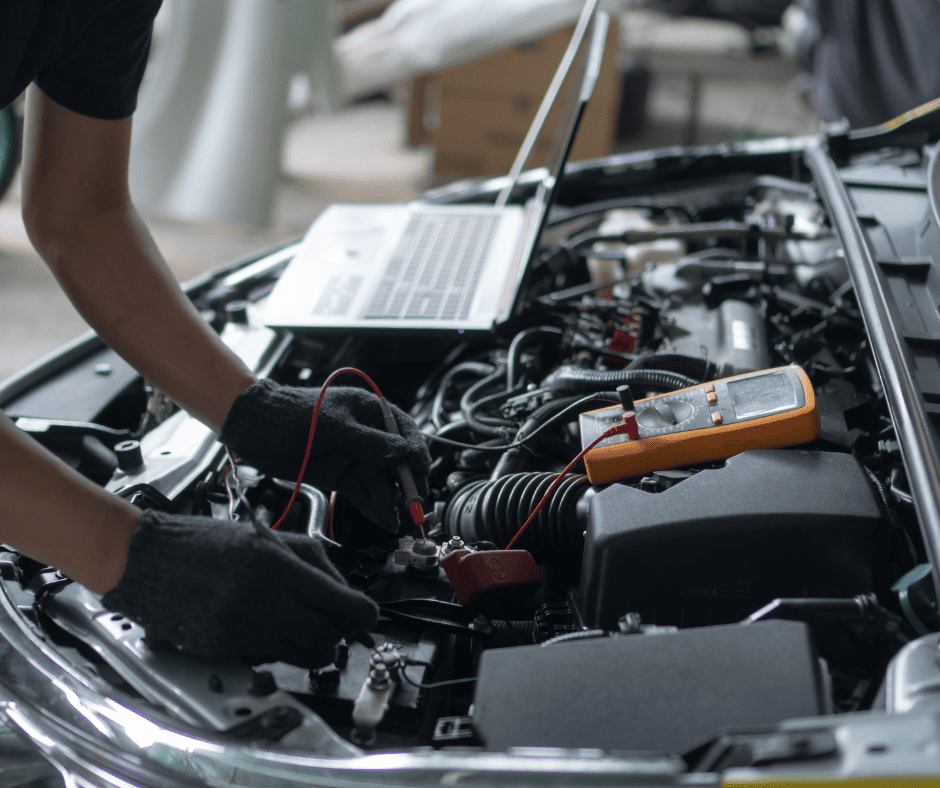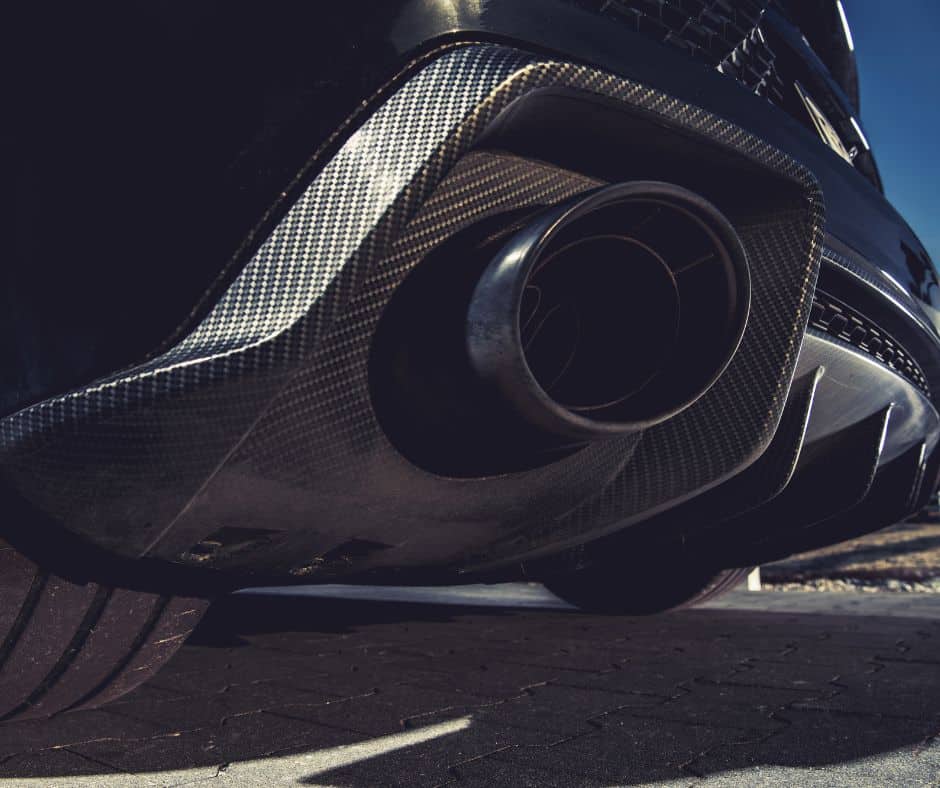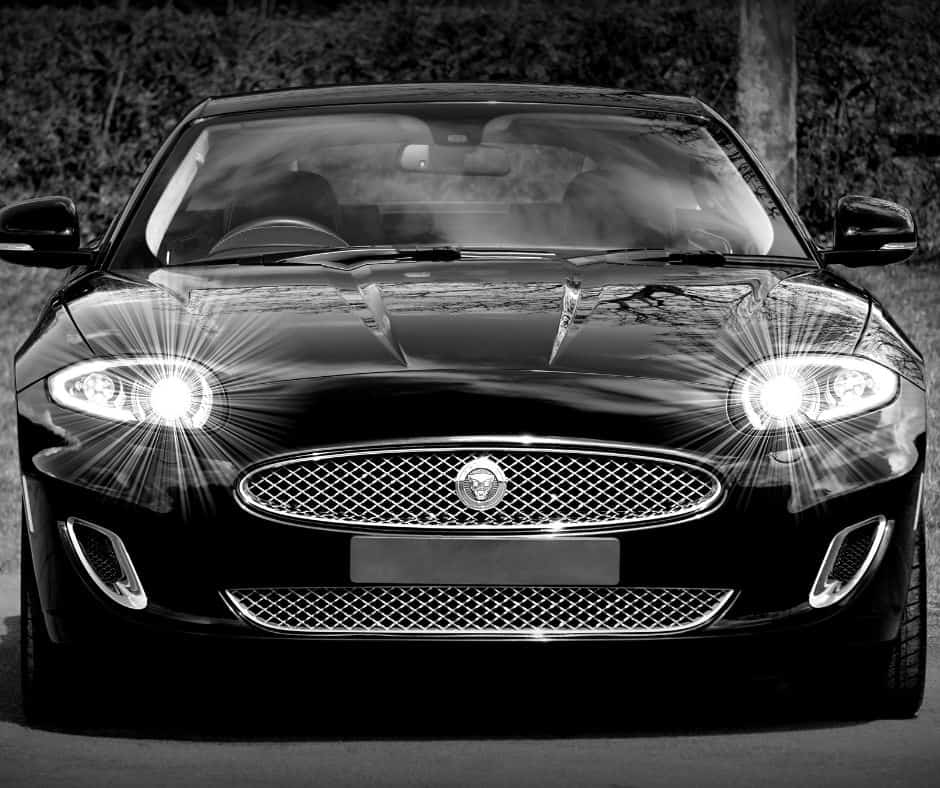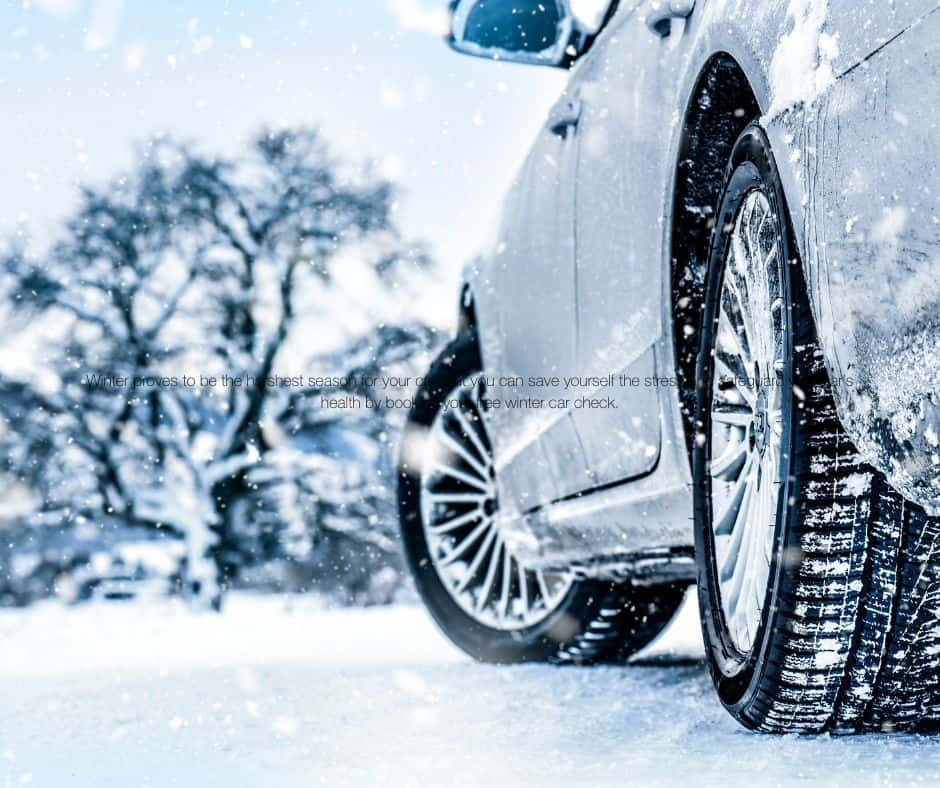18th January 2024
Staying safe on the road at night
Staying safe on the road at night
It’s commonly accepted within the motoring world that many more RTAs occur during the winter months, especially at night. The RoSPA (The Royal Society for the Prevention of Accidents) found that 40% of all road accidents occur at night. This is why it’s vital that as a driver, you arm yourself with the knowledge, tips and good practices to avoid being involved in a night-time road accident. As much as you’re not responsible for other road users and how they drive, you are responsible for your own and how you react to other drivers.
Many factors at play increase the likelihood of accidents occurring at night, such as:
- Poor / decreased visibility
- Sudden changes in weather conditions
- Your eyes have to constantly adjust to fading light levels
- Harsh, brighter lights from oncoming vehicles
- Probability of feeling more tired
- Reduced reaction times
- Other drivers not responding accordingly to night-time conditions
However, with this robust guide, there are lots of preventative actions you can take to keep yourself and other road users safe on the road at night.
Things you can do to stay safe during nighttime driving
As a sensible driver, we know it’s your priority to keep yourself, your family and other road users safe, especially at night. Your safety on the road is also our priority, so have compiled a list of things you can do, to keep everybody as safe as possible.
- Ensure you have enough energy to complete your journey. Tiredness does kill, so remember to factor in rest breaks, particularly on longer journeys.
- Keep both your front and rear windscreen and all windows as clear and clean as possible. With already decreased invisibility on the road, it’s crucial your visibility from your vehicle is as clear as it can be
- Be cautious of your own speed. Remember to drive under the national speed limit (as this is only a guide) As your reaction time is slower, your speed also needs to be reduced, in order to keep all road users safe.
- Use your lights mindfully – know when to use dipped headlights and full beams. Always check your lights before any nighttime journey, as all lights must be in full working order for the journey to be legal
- Be extra cautious of pedestrians, cyclists and animals – unless they’re wearing high visibility clothing, they may go unnoticed which causes potential danger
- Get your eyes assessed – it sounds obvious, but frequent eye tests are your responsibility as the driver and it really could keep you safe!
- Be mindful of potholes and other obstacles within your journey. Prepare for the unexpected, especially if the road surface isn’t familiar to you.
Other things you can do to keep yourself safe on the road at night
- Take a nighttime refresher driving course if you are feeling less confident when driving at night. According to research, up to 30% of drivers don’t feel confident when driving at nighttime. It’s always good to refresh your skills and knowledge if you feel it necessary
- Pack a nighttime essentials kit – to be prepared, should anything unexpected happen. Your kit should include: an ice scraper, a torch and spare batteries, first aid kit, jump leads, blankets, warm clothes and an empty fuel can
- Conduct or book your vehicle in for regular checks, especially a winter car check
- Ensure you understand the legal requirements of your car lights (with a priority placed on ensuring your front and rear lights are all present and fully functioning).
Driving at night and the law
Although driving at nighttime is more demanding for many reasons, it is still your legal responsibility to ensure both you and your vehicle are prepared for each journey. Taking the extra precautions and being aware of the dangers falls to you. The law is unambiguous on what is required to carefully and legally drive at night; specifically outlining the role of your car lights.
The Highway Code highlights rules concerning the use of lights, within 113-116 of the code. As a driver, you must familiarise yourself with this. A key aspect to note is that night, defined as the hours of darkness is classed as being the period between ‘half an hour after sunset and half an hour before sunrise.’
How we can help you stay safe on the road at nighttime
For the past four decades, we have served and safeguarded Stockport’s drivers and will continue to do so for many future decades to come. Our expert engineers pride themselves on the training, knowledge and experience they have that they then pass onto you and your vehicle. Ensuring our customer’s safety on the road has always been our top priority. This is something we’re even more mindful of during the winter months, when nighttime creeps in at its earliest. We believe knowledge is power and strive to keep you up to date with how to keep all road users as safe as possible. If you’re unsure of anything mentioned in this article, or worry your car isn’t performing its best during your nighttime journeys, feel free to get in touch with us today . We’re always on hand to help and can have your vehicle inspected, fixed and back on the road in the shortest amount of time possible.









